From CNN
November 1, 2017
Barely more than children themselves when they give birth, many of the forgotten mothers of Zika-striken babies in the Brazilian state of Alagoas are shiny-new teenagers, just learning to navigate their developing bodies.
Traversing the challenges of motherhood at that age is tricky at best; attempting to navigate them with a baby who carries the mark of the mosquito is almost unthinkable.
Rakely Santos da Silva was only 15 when she gave birth to her “special” child. She told women’s rights activist Debora Diniz, who was traveling across Alagoas interviewing mothers of babies affected by Zika, that she had no idea her daughter, Mirela, had congenital Zika syndrome when she was born.
Rakely’s doctors never mentioned the possibility, even though there were obvious issues with Mirela’s eyes and muscle tone, because her baby didn’t have the typical “small head” of microcephaly, a rare nervous system disorder in which the brain and head fail to develop properly.
Yet many babies can have Zika’s hallmark symptoms of eye damage, brain calcification and joint and muscle stiffness without a small head at birth.
Children born with congenital Zika syndrome could have swallowing and feeding difficulties as well as hearing and vision loss. They are also at high risk for seizures or severe developmental delays in moving, speaking, playing and learning.
“She should have been invited to a second visit to the hospital to see if the baby was fine and given access to early intervention to improve her baby’s chances at a more normal life,” said Diniz, a Brazilian native and law professor at the University of Brasília. “But that didn’t happen.”
Instead, Diniz said, Rakely’s case was discarded, and she and her daughter were added to the list of women and babies considered lucky to escape the ravages of the Zika epidemic.
